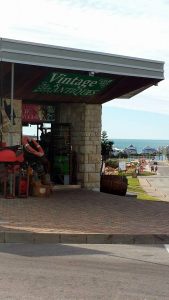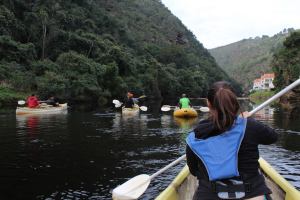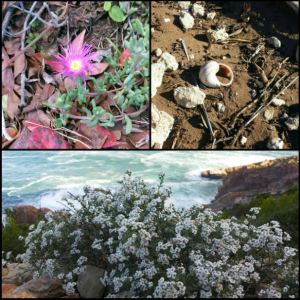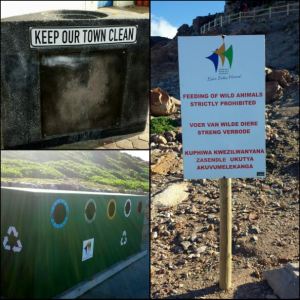To say travel is addicting is an understatement. I began late, not going abroad until 2012 during my third year at university, but once I started I could not get enough! I booked a plane ticket without much knowledge of layovers or transfer times, but the full day’s journey from Buffalo to Detroit to Amsterdam to Norwich was an adventure that I would not soon tire from.
Now, four years later, I find myself living abroad in England and am in the process of buying a house with my partner! With all the stress of our daily lives (teaching, studying, cohabiting..) it is always a treat to get away for either a few days or if we are feeling really luxurious, a week. As fabulous as it feels to go off jetsetting, it is not always a simple occasion. I am a planner, and not having the most substantial bank balance, we have to choose every detail carefully. From the where to the how, everything needs to be considered. But fear not! My ultra-organized (or as my partner says, ‘travel hysteria’ :P) thought process can help you sort your trip whether it is a short stay-cation or a longer holiday away!
First things first (I’m the realist): choosing a location.
Think about what you want from your journey. Relaxation? Adventure? Culinary delights? What sort of weather? Do you want a country escape or the bustle of the city? Does it matter if your first language is not widely spoken?
Since I love sun and sea (that is what you get for having grown up nearly eight hours from the nearest trickle of salt water!) and have a decent grasp at the Spanish language, we decided to finally pack our bags for Spain. I have a long standing curiosity about islands, and we both live in the city, albeit a small one, so we figured one of the quieter Canary Islands would be ideal for a visit. After a bit of research (okay, maybe a few hours worth!), I finally settled on…
Lanzarote!: an island of volcanoes, beaches, and sunshine. I could not wish for a destination more different from the green farmlands of my hometown back in Western New York.
After choosing a location, it is important to know your budget. This will partially dictate how long your trip is and what kind of holiday it is going to be. If you want a week-long stay in a villa right in the center of a capital city, your budget needs to reflect that. Luckily, even a sad looking bank statement can get you a decent place these days.
My partner and I try to put a little away every month for emergencies and excursions (priorities, right!), so we settled on a healthy figure as a treat: £1500 for a seven night stay. That would include our accommodation, transportation, meals, and fun-fare.
Once the cash situation is figured, picking a place to sleep and store your bags is a cinch! We scoured the apartments, country homes, and villas on Clickstay and easily found our perfect digs: a three bedroom Cannarian finca that is 200 years old! We love a place with character, and this most definitely has it. Not only does it have a private pool and hot tub to soak in after a long day’s hike, but has beautiful stone walls on the terrace and original features that make you feel like you are stepping through time. Just the sort of place we would want to call home for a week!

While the villa exudes privacy, it is still in walking distance of bars, supermarkets, and the beach, so we can go for a stroll in search of refreshment without any problems. And with a fully fitted kitchen, a trip or two to the store will definitely be happening! Paella anyone!?
Normally we do not like downtime on a holiday as we feel like we are wasting what precious time we have, but this villa’s charms would make any spare time so special. Space is a problem in English living, so just the idea of terraces and private pools sounds like a dream. Imaging myself sunbathing on the lounge chairs soaking up the rays in the view of island mountains (coated in SPF 10000 of course) is beyond peaceful, and I know it will restore both my mind and body to tip top shape. Who knows, maybe a spot of yoga will even be in the works!
A location is picked, a budget sorted, and dates in the works, so all that is left is to plan what activities to do or sights to see. Right now I am all about landscape views, so we will definitely be checking out the moon-like views in Timanfaya National Park. As an added bonus, we can go via camel! Once we have warmed our feet on the volcanic rocks near the lava fields, we can cool down by taking a splash in the sea, or if we are feeling especially adventurous (and by that I mean if I can convince my partner!) we could dive down deep in the Yellow Submarine. No matter which we choose, this is going to be a natural wonders type of trip rather than our typical city explorations. However, one thing in our schedule is for sure — drinks by the pool.

Now you have seen my process, why not get started on your own dream-cation? Or, even better, why not try your luck at winning a your own villa voucher to use in Spain and an instant camera to capture all your holiday memories? Simply head over to Clickstay, check out their selection of properties, and comment on their competition page with your favourite!












